- Headaches Overview
- Migraine
- Cluster & Tension Headaches
- Other Types of Headaches
- Appointment Prep
- View Full Guide
Every Non-Med Treatment You Can Try for Migraine



Migraines can take a toll on your life, making it hard to stick to your usual routine. While medication may help you manage your symptoms, it isn't always the best option . The good news is that many people find relief through simple lifestyle changes and alternative therapies. Even small adjustments – like what you eat and your sleep schedule – can make a difference in how often migraines strike and how severe they are. Here are a few approaches you can try to help.
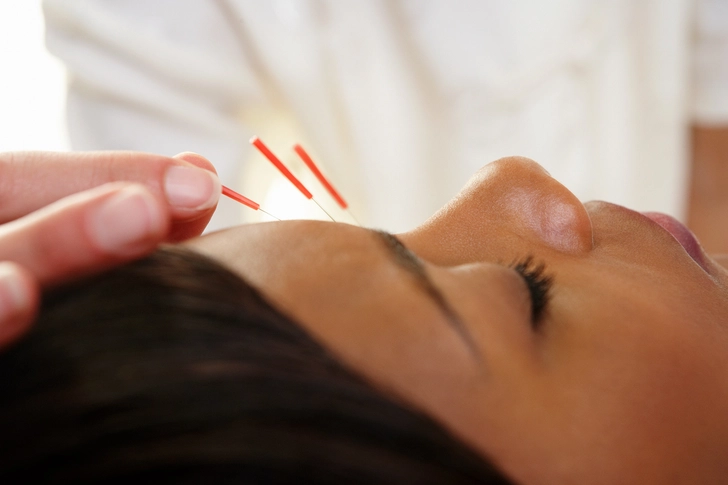
Acupuncture
This traditional Chinese practice uses thin needles to target specific points on your body, called acupoints. Stimulating these points can activate your central nervous system. Small studies suggest it can ease migraine pain and may also make your headaches come less often. It works best when used along with your regular treatments, not as a replacement.

Spinal Manipulation
Getting your spine "adjusted" by a chiropractor may help with migraines, but research on how well it works is limited.
One small study found it worked just as well as medication for preventing headaches. There are some risks with this treatment, so talk to your doctor before trying it.
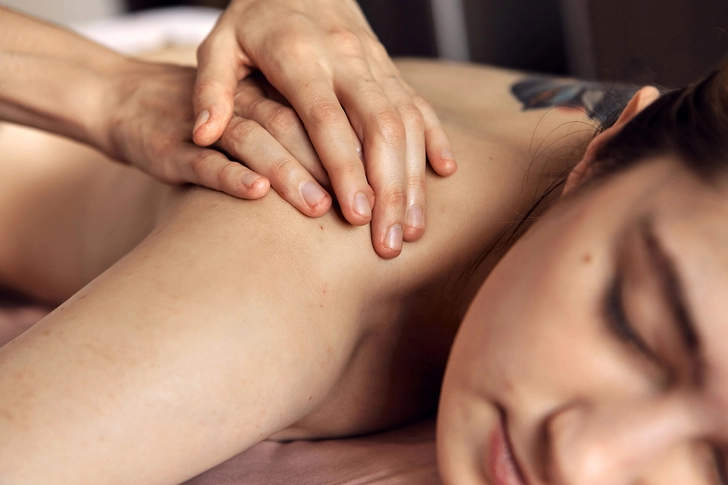
Massage
Early research shows massage may help some people get headaches less often, though it doesn't help with pain if you already have one. Massage can also lower stress, which is a common migraine trigger.

Talk Therapy
Cognitive behavioral therapy (CBT), where you learn to shift unhelpful thoughts and actions, may help you have fewer migraine symptoms.
Getting therapy doesn't mean you have emotional or mental health problems, but it can give you new ways to handle situations that trigger migraines. CBT works especially well when you do it along with other preventive treatments.
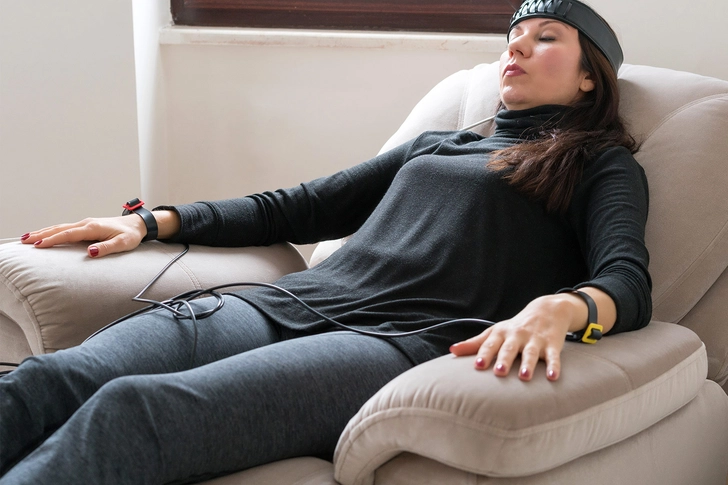
Biofeedback
When you have pain, your body responds with physical changes like a higher heart rate, tensed muscles, or cold hands. Biofeedback uses sensors to measure these changes and alerts you with a blinking light or a sound. The goal is to learn to respond to the feedback by relaxing your muscles and calming your body. Some studies show that this strategy can make headaches less frequent and their pain less intense.
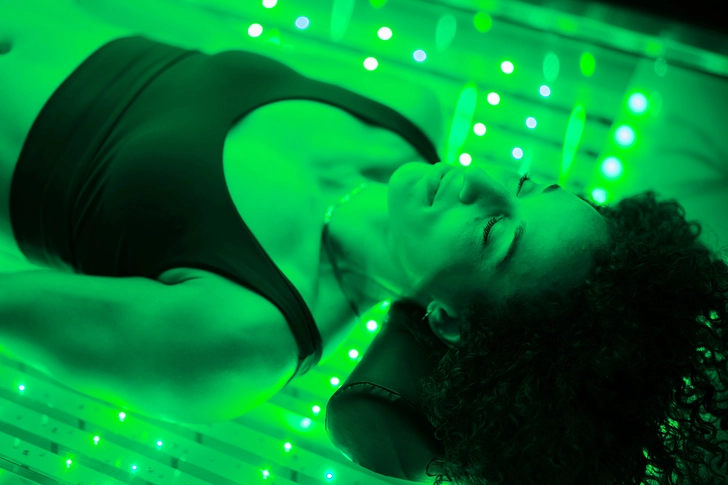
Green Light Therapy
Light sensitivity is one of the most common migraine symptoms, affecting as many as 90% of people who get migraines. The surface of your eyes contain nerve endings that can get irritated by certain types of light, which may make pain worse. Some research suggests that green light is different: It doesn't seem to trigger headaches or make them more intense. And in some cases, it may even ease migraine pain. Try using a green lamp or glasses that filter out other colors as part of green light therapy.
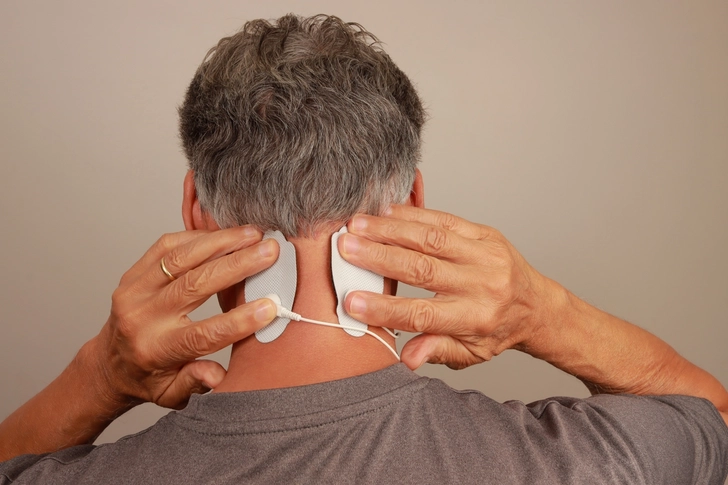
Neuromodulation Devices
During a migraine, nerve signals are responsible for any pain you feel. Neuromodulation devices can change or block these signals. Most work by sending gentle electrical pulses through your skin, often targeting nerves in the forehead or back of the head. You can get devices made specifically for migraines, such as the FDA-approved Ceflay or the HeadaTerm 2, without a prescription.
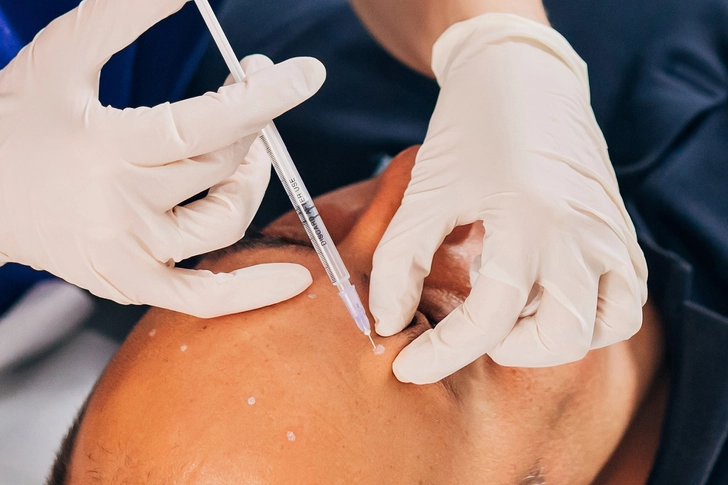
Botox
Botulinum toxin – better known as Botox – isn't just for wrinkles. It works by blocking nerve signals to your muscles. So when it's injected into the muscles around your face, head, and neck, it can stop migraine pain at its source. Botox is FDA-approved for treating migraines, but it may take up to nine months (or about three treatments) to notice the benefits.
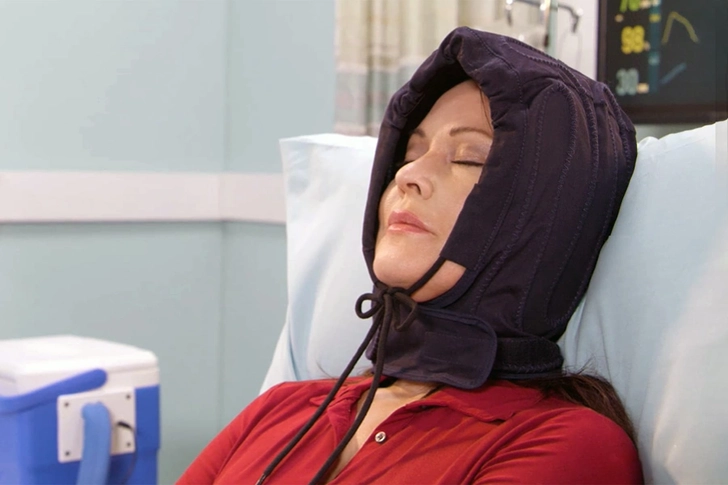
Cold Caps
Cold therapy can numb the pain that makes migraines so uncomfortable. A popular option is a cooling cap – a large ice pack shaped like a hat or headband that fits snugly around your head and sometimes your neck. While it won't prevent migraines, it can provide short-term relief. For best results, try wearing one for about 30 minutes.
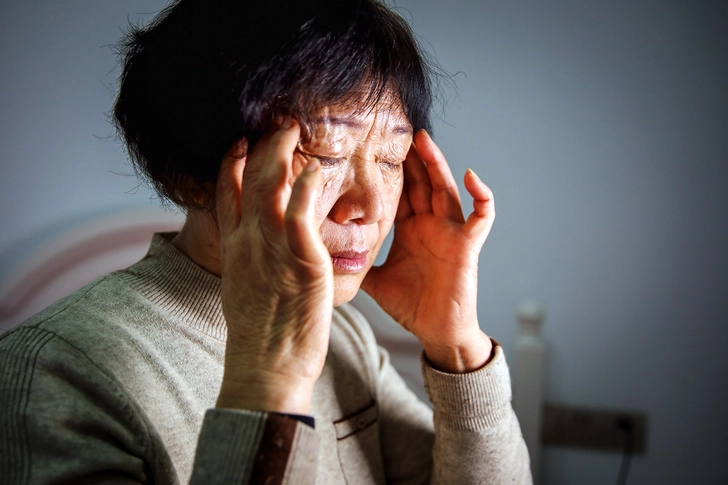
Pressure
Many people find that putting gentle pressure on the head, face, and neck during a migraine can help ease the pain. You can try:
- Pressing along your brow line and under your eyes
- Rubbing your temples and jaw in a circular motion
- Massaging the base of your skull with a tennis ball
There are also head wraps and weighted masks that apply gentle pressure to ease migraine pain.
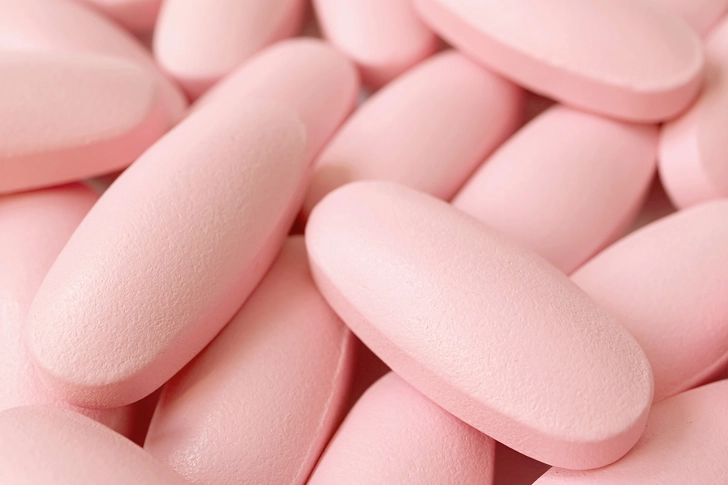
Supplements
Some vitamins and minerals may help you manage your migraine symptoms, including:
- Riboflavin (vitamin B2): Problems with how your brain stores and uses energy may trigger migraines. B2 helps keep those levels steady. Taking a high dose – about 400 milligrams each day for at least three months – may help prevent attacks.
- Magnesium: This mineral supports your nervous system and could help you get migraines less often. There are several types of magnesium supplements, and it's hard to say which one works best. But the recommended dose is generally between 400 and 600 milligrams each day.
- Coenzyme Q10: This natural antioxidant supports energy production in your body and brain. Some research suggests that taking at least 100 milligrams per day may help with migraines.
Research on these supplements for migraines is still mixed, so it's a good idea to speak with your doctor before starting a new one.
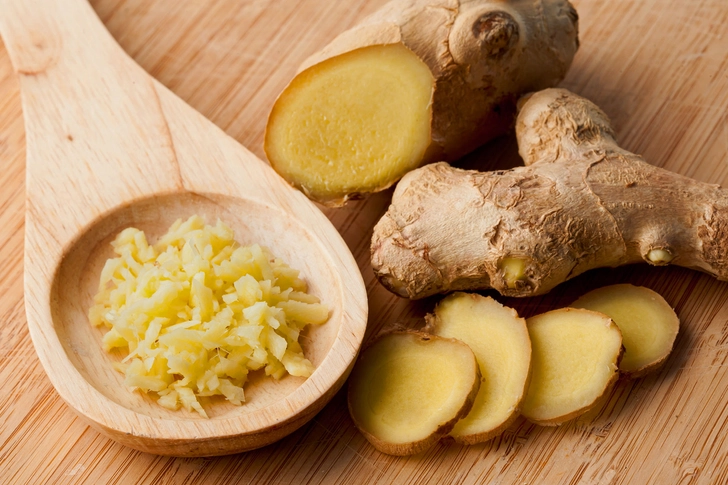
Ginger
If you get nausea along with your migraines, ginger might be able to help. It's long been a go-to remedy for stomach troubles, and some research suggests it may also ease migraine-related pain within a few hours. You can try it in several forms: Brew fresh ginger into tea, take capsules with ground or extracted ginger, or even try ginger candy to see what works best for you.
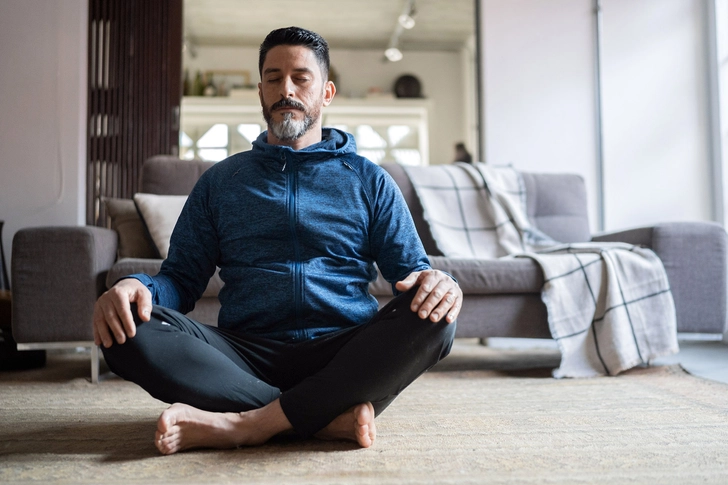
Relaxation Techniques
Since migraines are often triggered by stress, relaxation training can help with how often you get them. Some techniques include deep breathing and progressive muscle relaxation, where you practice tensing and relaxing different muscles in different parts of your body. Over time, this technique can improve how you handle stress. Yoga and meditation may also be helpful.
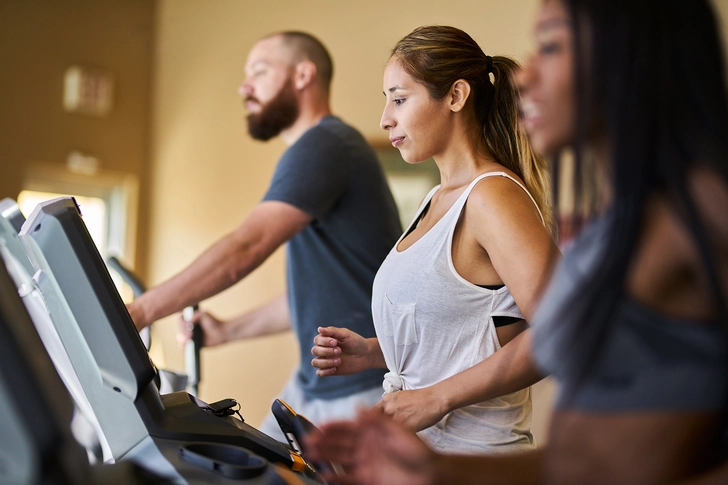
Exercise
Regular cardio exercise – workouts that get your heart pumping – may be an option for preventing migraines. A Swedish study compared exercise with relaxation techniques and a migraine-preventing medication and found that those who did 40 minutes of cardio three times a week saw as much improvement in pain and headache frequency as those taking certain medication.

Diet Changes
Some people find that certain foods trigger their migraines. The most common culprits are often alcohol, caffeine, chocolate, canned foods, cured or processed meats, aged cheeses, cultured dairy (such as yogurt), MSG, and aspartame. Writing down your meals and snacks in a food diary can help you spot potential triggers. If you notice any patterns, try cutting out these foods to see if it makes a difference.
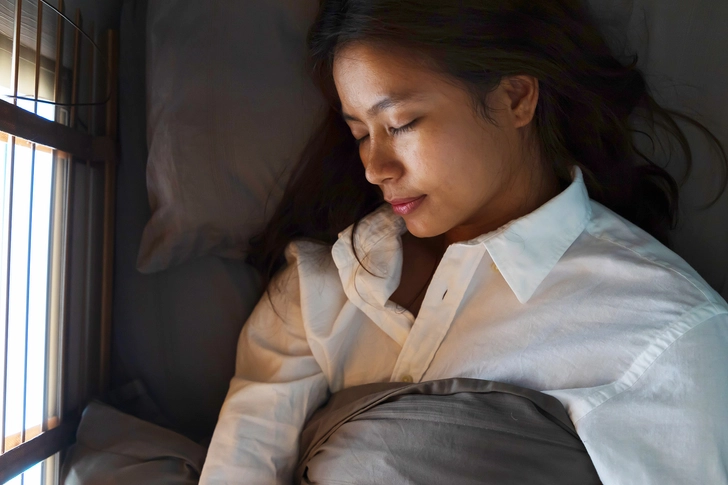
Sleep
Studies show that poor sleep and migraines often go hand in hand. Improving your sleep habits can make a big difference. Try these tips for better shut-eye:
- Reserve your bed for sleep only: avoid reading, watching TV, or listening to music there.
- Don't take naps.
- Avoid heavy meals within a couple of hours of bedtime.
- Put away your phone, laptop, or tablet before bedtime.
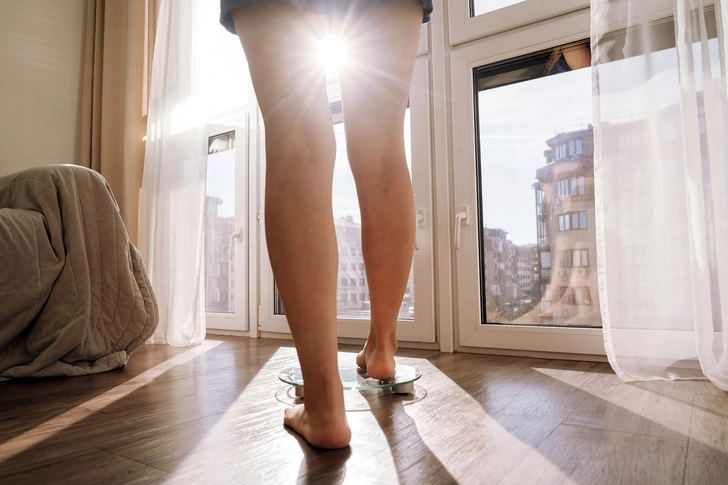
Keep Up Good Habits
Your lifestyle can have a big impact on how often you get your headaches. These tips can help:
- Don't skip meals.
- Stay hydrated.
- Get regular exercise.
- Stay at a healthy weight.

Do Your Homework
If you're thinking about trying a new migraine treatment, talk to your doctor first. They can explain in more detail how it works, what risks to watch out for, and whether it's right for you. They may also be able to refer you to an expert who specializes in these treatments.
IMAGES PROVIDED BY:
1) E+/Getty Images
2) iStock/Getty Images
3) iStock/Getty Images
4) EyeEm/Getty Images
5) E+/Getty Images
6) iStock/Getty Images
7) E+/Getty Images
8) Marcos Casiano/Shutterstock
9) E+/Getty Images
10) WebMD
11) E+/Getty Images
12) iStock/Getty Images
13) Wavebreakmedia/Getty Images
14) E+/Getty Images
15) iStock/Getty Images
15) iStock/Getty Images
15) iStock/Getty Images
16) iStock/Getty Images
17) iStock/Getty Images
18) Moment/Getty Images
19) E+/Getty Images
SOURCES:
American Headache Society Committee for Headache Education.
American Headache Society: "Headache Toolbox Magnesium."
Andrasik, F. Cleveland Clinic Journal of Medicine, July 2010.
Cochrane Summaries: "Acupuncture for Migraine Prophylaxis."
Haupt, J. Neurology Now, May/June 2008.
Lipton, R. The Lancet Neurology, April 2010.
MedlinePlus: "Coenzyme Q-10," "Feverfew," "Migraine Guidelines: What Works, What Doesn't," "Riboflavin (Vitamin B2)."
Migraine Research Foundation.
National Association of Cognitive-Behavioral Therapists: "What Is Cognitive-Behavioral Therapy?"
National Center for Complementary and Alternative Medicine.
Nelson, C.F, Journal of Manipulative and Physiological Therapeutics, October 1998.
Nestoriuc, Y., Pain, March 2007.
Nicholson, R.A., Current Treatment Options in Neurology, Feb 2011.
Shepherd Pain Institute.
Sun-Edelstein, The Clinical Journal of Pain, June 2009.
UC Berkeley Health Services.
Varkey, E., Cephalalgia, October 2011.
Vijayan, N. Headache, January 1993.
News release, FDA.
UpToDate: "Preventive treatment of migraine in adults."
The American Journal of Emergency Medicine: "The efficacy of ginger for the treatment of migraine: A meta-analysis of randomized controlled studies."
American Migraine Foundation: "Migraine Home Remedies," "Photophobia (light sensitivity) and migraine," "Yoga for Migraine Treatment."
Association of Migraine Disorders: "What to Know About Migraine Glasses."
Cleveland Clinic: "Botox (Botulinum Toxin)."
Frontiers in Nutrition: "Practical supplements for prevention and management of migraine attacks: a narrative review."
Hawaii Journal of Medicine & Public Health: "Randomized Controlled Trial: Targeted Neck Cooling in the Treatment of the Migraine Patient."
Johns Hopkins Medicine: "Acupuncture," "Botulinum Toxin Injectables for Migraines."
Journal of Clinical Nursing: "Cold intervention for relieving migraine symptoms: A systematic review and meta-analysis."
Harvard Medical School: "Green Light for Migraine Relief."
Mayo Clinic: "Migraine," "Migraines: Simple steps to head off the pain."
Migraine Canada: "Botox for Migraine: How Does It Work and How Effective Is It?"
The Migraine Trust: "Migraine devices," "Supplements for Migraine."
University of Utah: "Do Migraine Glasses Work?"